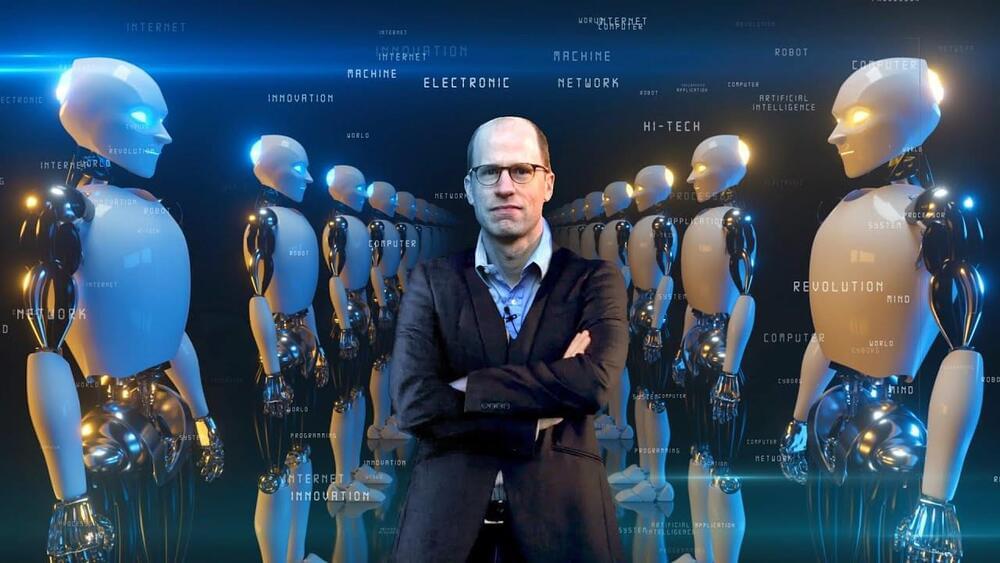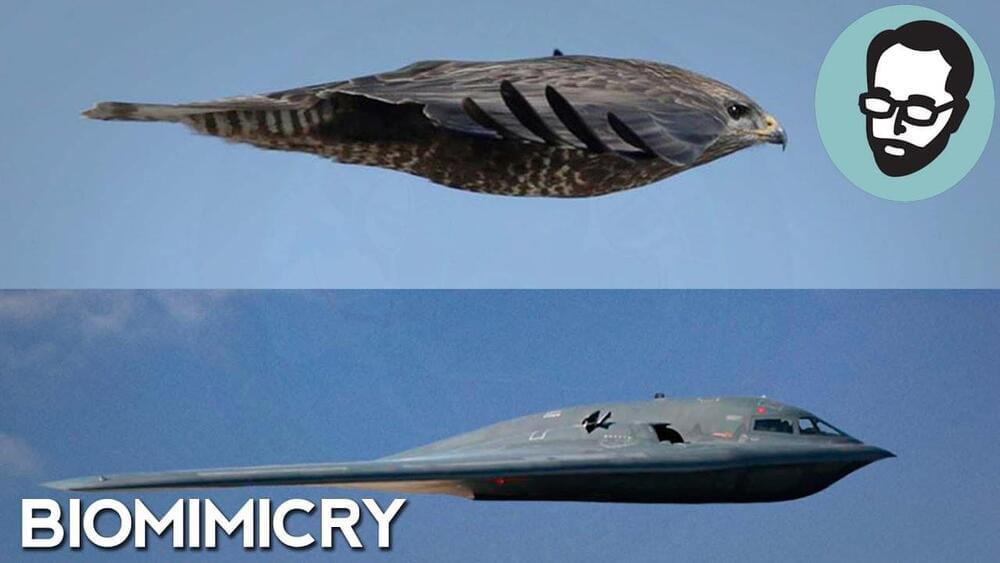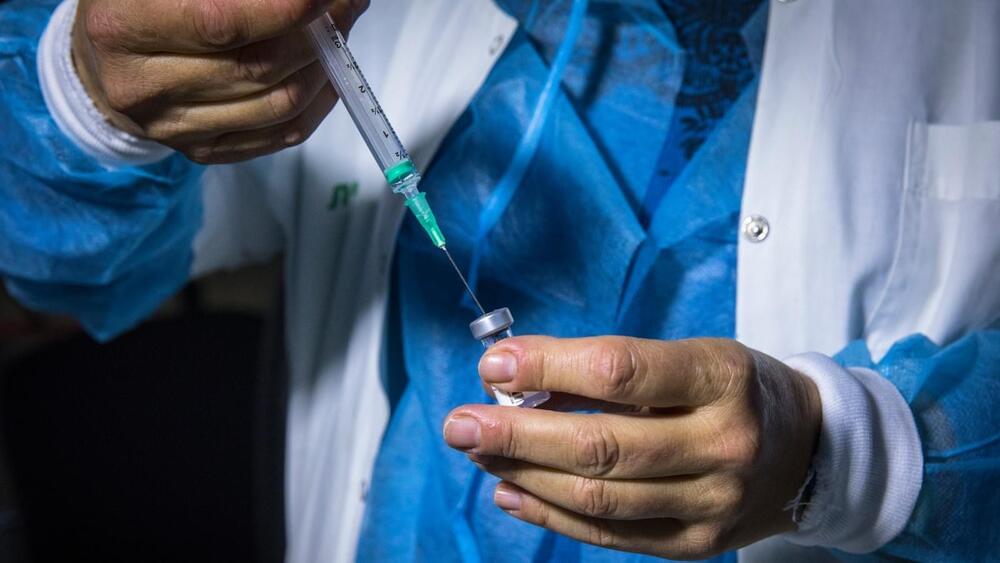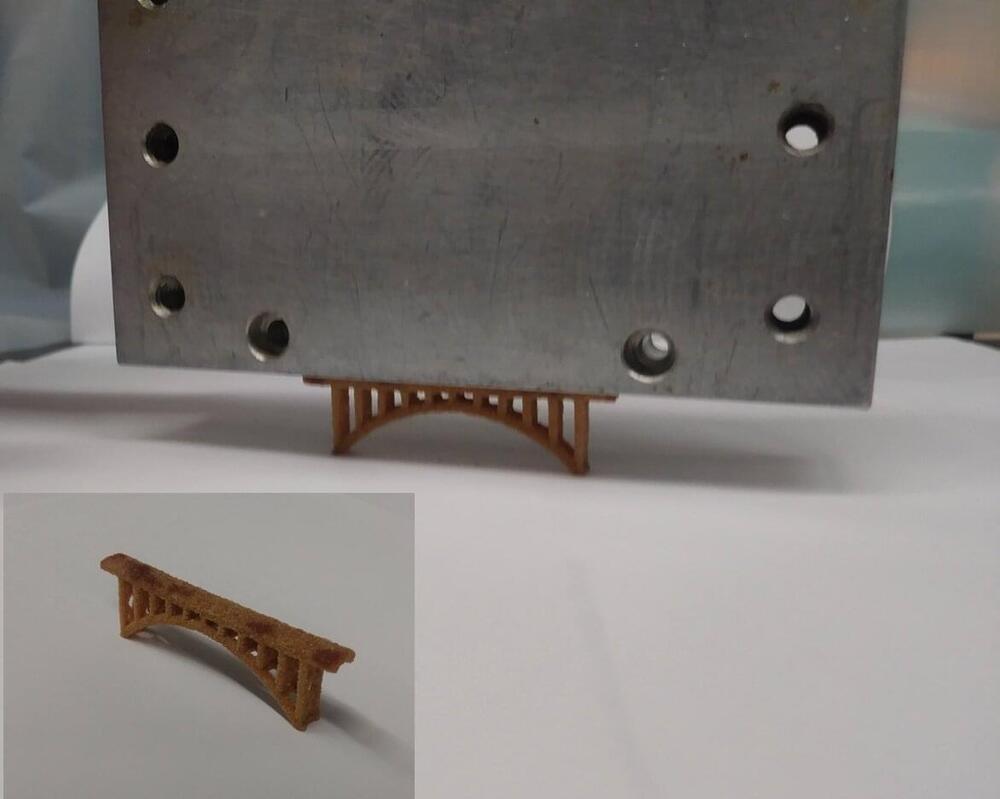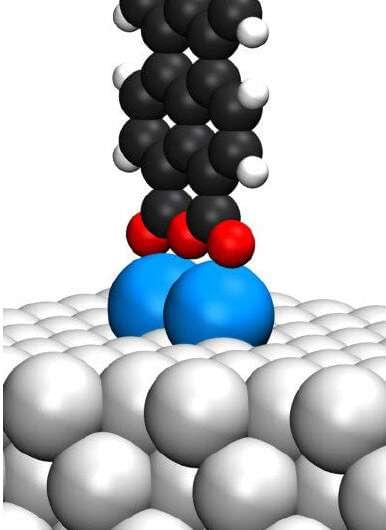Artificial Superintelligence or ASI, sometimes referred to as digital superintelligence is the advent of a hypothetical agent that possesses intelligence far surpassing that of the smartest and most gifted human minds. AI is a rapidly growing field of technology with the potential to make huge improvements in human wellbeing. However, the development of machines with intelligence vastly superior to humans will pose special, perhaps even unique risks.
Most surveyed AI researchers expect machines to eventually be able to rival humans in intelligence, though there is little consensus on when or how this will happen.
One only needs to accept three basic assumptions to recognize the inevitability of superintelligent AI:
- Intelligence is a product of information processing in physical systems.
- We will continue to improve our intelligent machines.
- We do not stand on the peak of intelligence or anywhere near it.
Philosopher Nick Bostrom expressed concern about what values a superintelligence should be designed to have.
